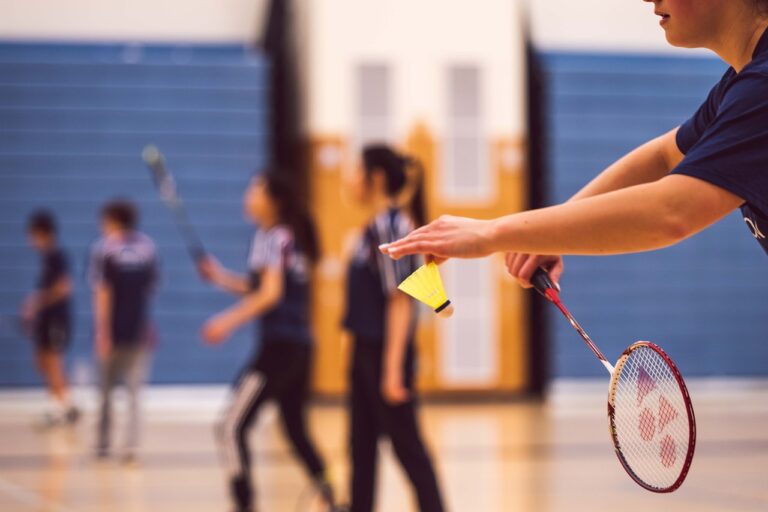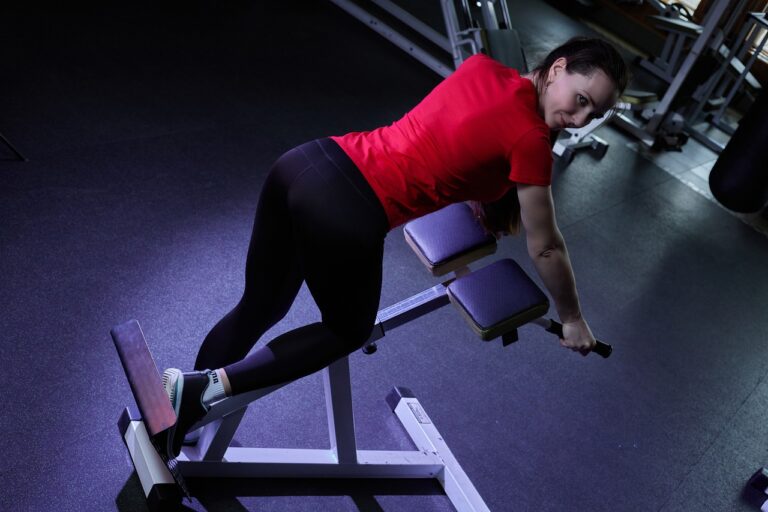Understanding the Benefits of Tai Chi for Balance and Mobility
Tai Chi, also known as Tai Chi Chuan, is an ancient Chinese martial art that has deep roots in Taoist philosophy. Its origins can be traced back to the 12th century, during the Song Dynasty, when it was developed as a form of self-defense. Over the centuries, Tai Chi evolved into a holistic practice that incorporates principles of movement, meditation, and energy cultivation.
Legend has it that Tai Chi was created by a Taoist monk named Zhang Sanfeng, who was inspired by a snake and a crane engaged in combat. By observing the fluid and graceful movements of these animals, Zhang Sanfeng developed a series of slow, flowing exercises that emphasize balance, relaxation, and internal strength. These principles are at the core of Tai Chi practice and have been passed down through generations of practitioners, making it one of the most widely practiced martial arts in the world today.
The Principles of Tai Chi
Tai Chi is rooted in the philosophy of Taoism, emphasizing the harmonious flow of energy within the body. Practitioners of Tai Chi focus on the interplay between yin and yang, seeking to achieve balance in every movement. The slow, deliberate nature of Tai Chi encourages mindfulness and relaxation, promoting a sense of calmness and inner peace.
Central to the principles of Tai Chi is the concept of softness triumphing over hardness. Instead of using brute force, Tai Chi practitioners learn to harness the power of relaxation and fluidity in their movements. By yielding to external forces rather than resisting them, practitioners can redirect energy and maintain their own equilibrium.
The Connection between Tai Chi and Balance
Tai Chi, an ancient Chinese martial art practiced for its health benefits, has been shown to have a profound impact on balance. The slow and deliberate movements of Tai Chi help to improve proprioception, the body’s sense of where it is in space, which can enhance balance and stability in individuals of all ages. By focusing on the mind-body connection and practicing mindfulness during movements, Tai Chi can help individuals maintain their center of gravity and react more effectively to changes in their surroundings.
This mind-body connection cultivated through Tai Chi practice can also lead to increased strength in the lower body, particularly in the ankles, knees, and hips. Strengthening these areas can help improve overall stability and reduce the risk of falls, especially in older adults. Additionally, the emphasis on posture and alignment in Tai Chi promotes a straight spine and relaxed shoulders, which can further contribute to maintaining balance and preventing injuries.
• Practicing Tai Chi improves proprioception, enhancing balance and stability
• Mind-body connection in Tai Chi helps individuals maintain their center of gravity
• Increased strength in lower body from Tai Chi practice reduces risk of falls
• Emphasis on posture and alignment promotes straight spine and relaxed shoulders
What is the history of Tai Chi?
Tai Chi originated in ancient China as a martial art and has evolved into a popular form of exercise for promoting physical and mental well-being.
What are the principles of Tai Chi?
The principles of Tai Chi include slow, deliberate movements, controlled breathing, and a focus on balance and coordination.
How does Tai Chi help improve balance?
Tai Chi helps improve balance by promoting body awareness, strengthening muscles, and enhancing coordination through its slow and controlled movements.
Can Tai Chi be beneficial for older adults?
Yes, Tai Chi is often recommended for older adults as it can help improve balance, flexibility, and overall physical fitness, reducing the risk of falls.
How often should one practice Tai Chi to see improvements in balance?
Consistent practice is key to seeing improvements in balance with Tai Chi. Aim for at least 2-3 sessions per week to experience the benefits.







